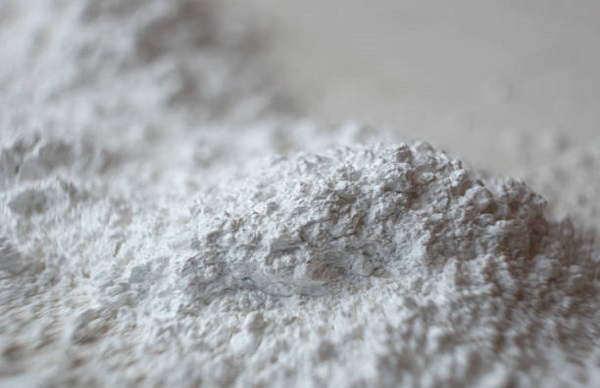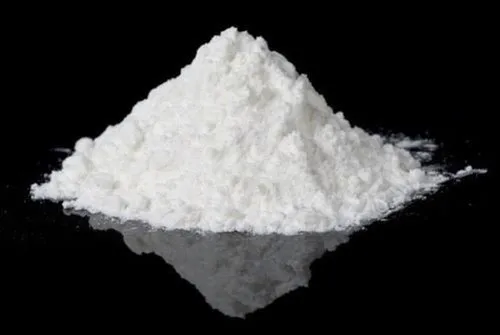
Which is best Calcium Carbonate or citrate
October 8, 2024
Why is Calcium Carbonate used as an antacid
October 8, 2024Calcium Carbonate Powder Suppliers is a common compound found in rocks, minerals, and the shells of marine organisms. Despite its abundance and practical applications, many people wonder why calcium carbonate does not readily dissolve in water. Understanding the chemistry behind this phenomenon provides valuable insights into its properties and uses.
The Structure of Calcium Carbonate
Calcium carbonate has a crystalline structure that consists of calcium ions (Ca²⁺) and carbonate ions (CO₃²⁻). These ions are held together by strong ionic bonds, which contribute to the stability of the compound. In its natural form, calcium carbonate exists in three main types: calcite, aragonite, and vaterite. Each of these forms has a unique crystalline arrangement that affects its solubility. Calcite, for instance, is the most stable form and is known for its low solubility in water.
Solubility and Ionic Compounds
To understand why calcium carbonate does not dissolve in water, it’s important to consider how solubility works for ionic compounds. When ionic substances dissolve in water, the polar water molecules surround the ions, separating them and allowing them to move freely in solution. This process is influenced by the balance between the attractive forces between the ions in the solid and the interactions between the ions and water molecules.
In the case of calcium carbonate, the attractive forces between the calcium ions and carbonate ions are stronger than the forces exerted by the water molecules. This results in limited dissociation, meaning only a small amount of calcium carbonate can dissolve in water. As a result, calcium carbonate is classified as poorly soluble, with a solubility of approximately 0.0013 g per 100 mL of water at room temperature.
The Role of pH and Temperature
The solubility of calcium carbonate can be influenced by environmental factors such as pH and temperature. In acidic conditions, the solubility of calcium carbonate increases significantly. This is because acids release hydrogen ions (H⁺), which react with carbonate ions to form bicarbonate ions (HCO₃⁻). This reaction shifts the equilibrium, allowing more calcium carbonate to dissolve in water.
Conversely, in alkaline conditions, the solubility of calcium carbonate decreases. The presence of hydroxide ions (OH⁻) in high concentrations can lead to the precipitation of calcium carbonate from solution, reinforcing its tendency to remain undissolved in neutral or basic environments.
Temperature also plays a role in the solubility of calcium carbonate. Generally, the solubility of salts increases with temperature; however, this is not always the case for calcium carbonate. Its solubility tends to decrease as the temperature rises, leading to the precipitation of the compound.
Applications and Importance
The limited solubility of calcium carbonate has important implications in various fields. In agriculture, for example, it is often used to neutralize acidic soils, promoting better plant growth. Its low solubility means it can act slowly, providing a long-term source of calcium for plants without overwhelming them with excessive nutrients.
In the construction industry, calcium carbonate is a key ingredient in cement and lime production. Its stability and low reactivity make it ideal for use in building materials. Furthermore, its limited solubility ensures that it does not easily leach into water supplies, maintaining the integrity of structures.
Conclusion
In summary, calcium carbonate’s inability to dissolve in water can be attributed to its strong ionic bonds and crystalline structure. Factors such as pH and temperature can influence its solubility, but under normal conditions, it remains largely undissolved. Understanding these properties not only sheds light on the behavior of calcium carbonate in various environments but also underscores its significance in numerous industries. Companies like Sudarshan Group recognize the importance of calcium carbonate in their product offerings, providing high-quality materials that meet the diverse needs of their customers.



